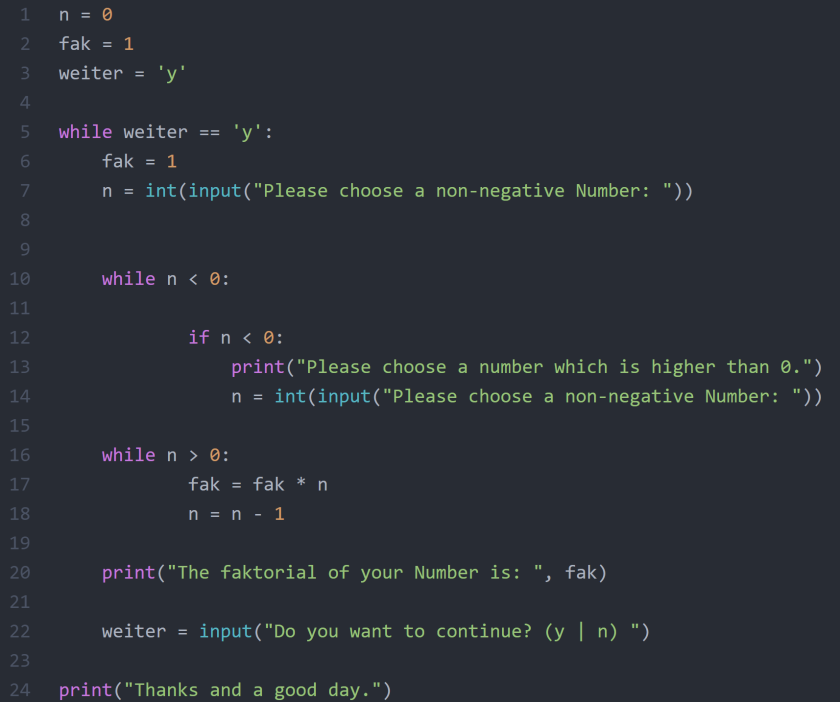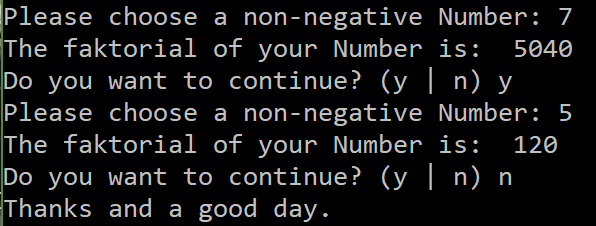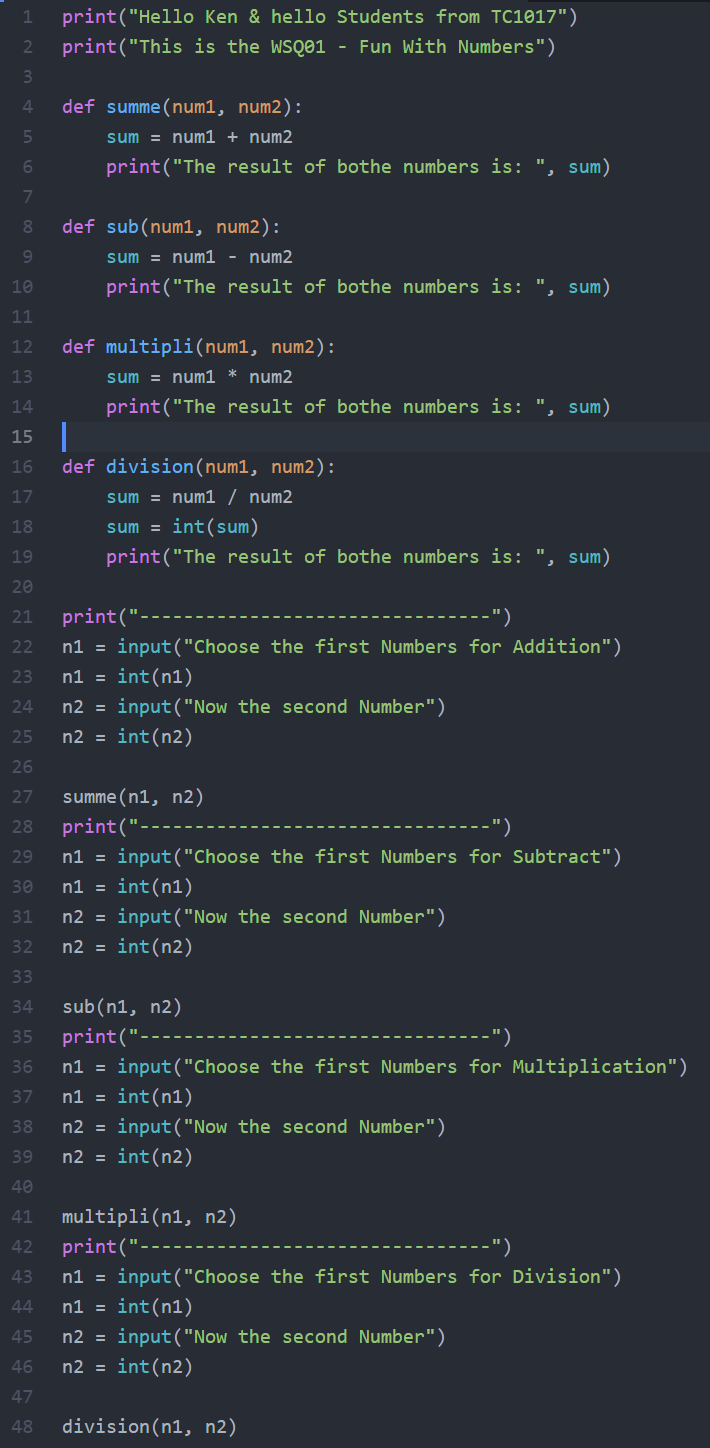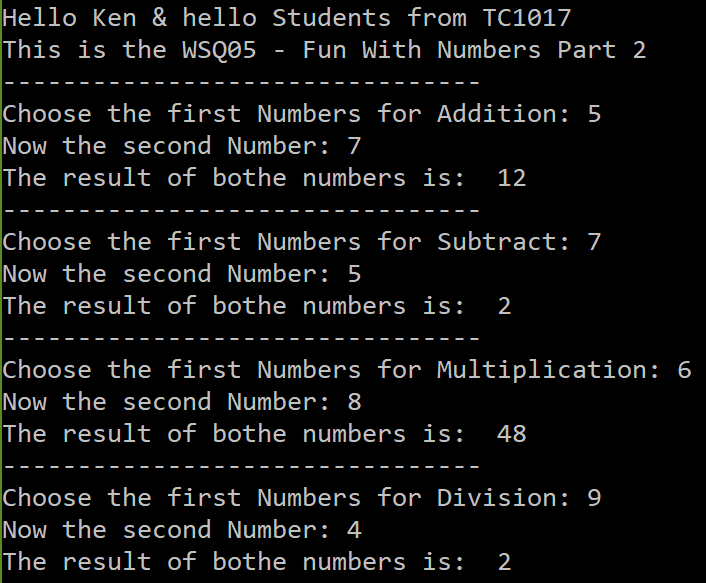--Originally published at TC1017 (Python3) – Titel der Website
Thats a blog post for two courses of Ken. TC1017 & TC 2027.
The reason why i took this topic is first of all, that Ken talked a lot in this semester about reason why we should Format a computer. Reasons are, that a student clicks a lot of times not serious links or just download a lot of trash to the computer. The result is most of the time a super slow computer. A computer which worked 1000 times slower than the first day of using.

An other reason is a personal reason. I guess i am one of the students, which did a lot of mistakes with clicking links and download trash. So why i post this is, i just Format one time in my life a computer by my own. I just want to do that again. To learn how it works and to rescue my lovely Surface 4 
To the operative work:
It is super easy to format a Windows computer nowadays.
The first step is to safe all your Datas, which you not want to lose. But important is, to realize that maybe movies, music or other stuff from strange websites could be the reason why a computer is not running like it should. So think twice if you also want to safe all the trash!
The reason for the first step is, that the computer will be empty after the process for Formatting.
Now the steps
- Simultaneously press the [Windows] and [R] keys to open the Run command.
- Enter „diskmgmt.msc“ here and confirm with „OK“. Subsequently, the disk management opens.
- Select the desired hard disk from the list and click on it with the right mouse button.
- Select the option „Format“ and confirm the process via the „OK“ button.
- Then the hard
 Continue reading "Formatting of a Windows Computer"
Continue reading "Formatting of a Windows Computer"




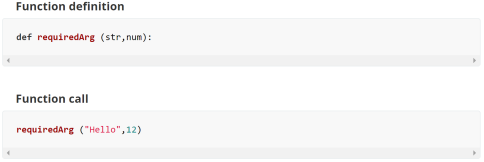


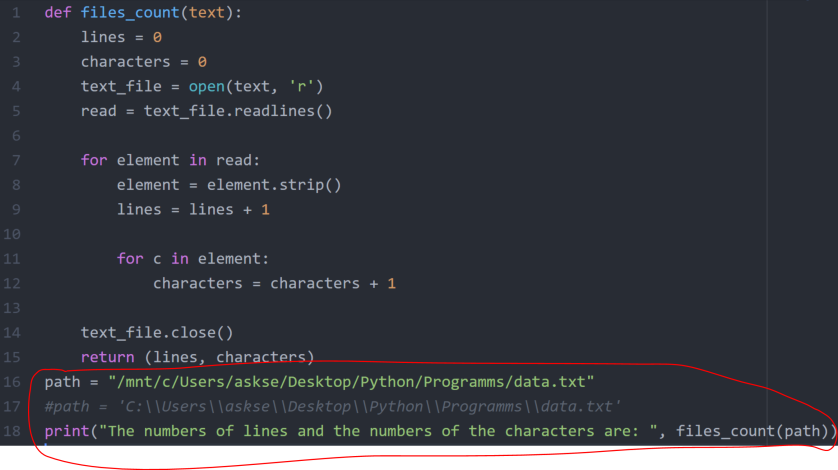


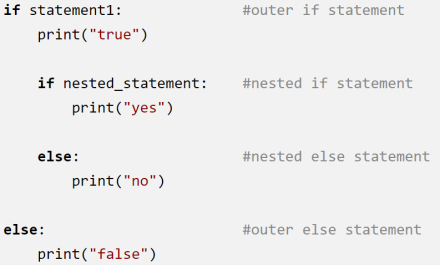
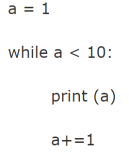









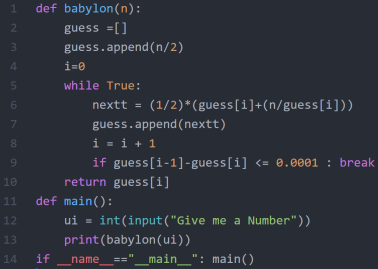

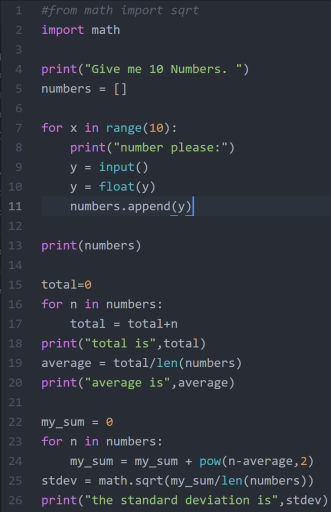
 Therefore the formula.
Therefore the formula.
